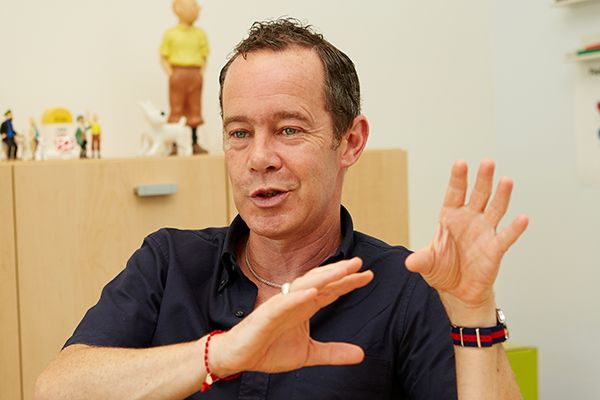Kesa-no-Hama, a Can of Freshly-Caught Underutilized Fish

Note the following about Kesa-no-Hama
・Underutilized fish from local fishing ports are processed into canned fish
・All underutilized fish are purchased on the same day to support the fishing industry
・The selection of fish depends when you buy it. The fish used is a surprise until you open the cans
Discover a rare find in cans of underutilized fish

Kesa-no-Hama is a series of canned fish boiled in water from Hamada, Shimane Prefecture, which is one of the leading port towns on the Sea of Japan. Typically, canned fish in Japan are mackerel and sardines, but Kesa-no-Hama uses underutilized fish.
Underutilized fish refer to types of fish that are not widely marketed due to catches of them being poor or due to their being little known. Kesa-no-Hama has canned approximately 50 varieties of underutilized fish to date. The selection includes bensasi goatfish, dorado, needlefish, emperor breams, gurnard, and yellowback seabream, all of which are not found in supermarkets or fresh fish stores in urban areas. Occasionally, rare items that are unknown even to local shoppers also appear.
The fish is seasoned only with Hamamori salt, made from local seawater, allowing you to enjoy the full flavor of the fish. We also recommend using the leftover juices, which are infused with umami, to cook rice, pasta, acqua pazza, and other dishes.
Supporting the future of Hamada Port with underutilized fish

Kesa-no-Hama is produced by Sea Life, a Hamada-based seafood processor. A new cannery was built in 2017 to bring the product to market. Why go to such lengths to use underutilized fish? The cannery’s representative, Kiyotaka Kawakami, had this to say.
“To maximize the use of our resources, we decided to buy all underutilized fish unloaded at Hamada Port and can them on the same day. The reason is that the catch at Hamada Port has decreased to one-tenth of what it was 30 years ago. With climate change and other factors at stake, we cannot continue to focus solely on offering brand-name fish like horse mackerel, rosy seabass, flounder, and dried fish.”
The kind of fish a can contains is a surprise until you open it. Kawakami also has high hopes for the product, saying, “Kesa-no-Hama is also a tool for people to learn about Hamada and its fish.”
Kawakami has an endless supply of ideas for effectively using fish guts and new products besides canned fish. It will not be long before a new local specialty is born at Hamada Port.





